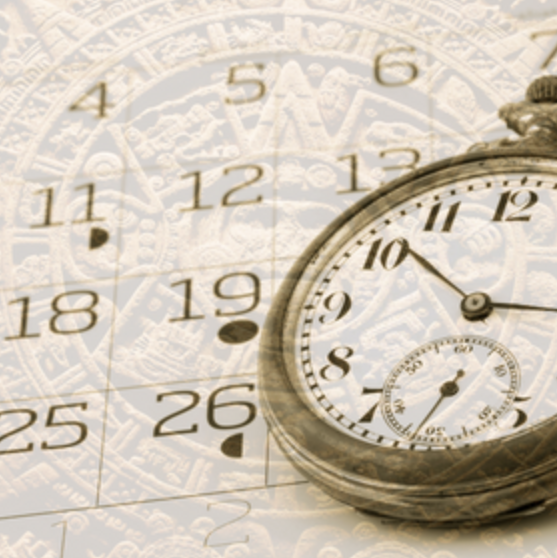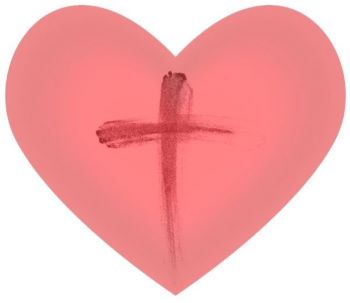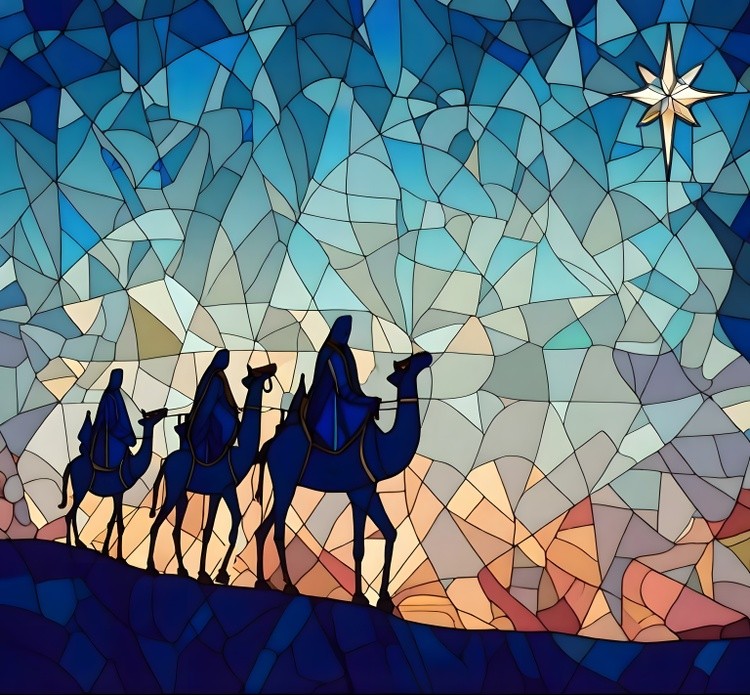
Units & Divine Measurements
Happy New Year! At least to those whose new year begins on January 1, because it doesn’t really begin now for everyone. We all live with different ways of measuring things: years, time, distances and lengths, volumes, temperatures, etc. For example, there are six principal calendars in current use — which replicate astronomical cycles according to fixed rules — but there is a seventh which is based in Christology.
The Julian Calendar was introduced by the authority of Julius Caesar in 46 B.C., in which the year consisted of 365 days, every fourth year having 366 days. It was superseded by the Gregorian calendar (though it is still used by some Orthodox Churches).
The Gregorian Calendar was introduced in 1582 by Pope Gregory XIII as a modification of the Julian calendar — and to bring the calendar back into line with the solar year, 10 days were suppressed, and centenary years were made leap years only if they were divisible by 400 (are you doing the math?). England did not adopt the reformed calendar until 1752, by which time 11 days had to be suppressed; and at the same time, New Year’s Day was changed from March 25 to January 1.
The Jewish Calendar is a lunar calendar adapted to the solar year, normally consisting of twelve months, but having thirteen months in leap years (which occur seven times in every cycle of nineteen years); and the years are reckoned from the Creation (which is placed at 3761 B.C.). The Jewish new years begin with Rosh Hashanah, on September 15 this year.
The Islamic Calendar is a traditional lunar calendar also based on twelve lunar months, and consists of 344 or 345 days; the years are reckoned from the Hijra (the time when Muhammad left Mecca for Medina and founded the first Muslim community) in 622.
The Indian Calendar is based on a year of twelve lunar months; i.e., twelve full cycles of phases of the Moon; while the discrepancy between the lunar year of about 354 days and the solar year of about 365 days is partially resolved by intercalation of an extra month every thirty months.
And the Chinese Calendar (also known as the Agricultural Calendar) is a lunisolar calendar which identifies years, months, and days according to astronomical phenomena. Although modern-day China uses the Gregorian calendar, the traditional Chinese calendar governs holidays, such as the Chinese New Year and Lantern Festival, in both China and overseas Chinese communities.
And the seventh, is that for us Christians, the new year begins not on January 1, but with Advent. And the Revised Common Lectionary — which prescribes which years’ readings (A, B, or C) are used on Sundays — all begin with Advent. There’s no discrepancy about this; however, there may be some variability about just when the new church year begins depending on whether one celebrates a four-week or a seven-week Advent. Though even the Ordo Kalendars which we buy for the sacristy, the Altar Guild, and those who want one at home, are based on the Gregorian calendar.
And then there’s time. Most of the United States begins Daylight Saving Time at 2:00 a.m. on the second Sunday in March, and reverts to standard time on the first Sunday in November. But State legislatures have considered at least 450 bills and resolutions in recent years to establish year-round daylight saving time as soon as federal law allows it. Much of the legislation would stop the disruption-causing, twice-yearly clock switching. The federal Uniform Time Act allows the former option but not the latter. And a news poll in March 2022 found that 46% of U.S. residents would prefer DST all year round; 33% preferred standard time year-round; and 21% were okay continuing to clock switch twice a year.
And there’s military time and standard time. One 24-hour period or two 12-hour periods; each of which can be displayed digitally or in analog format. And by the way, the history of military time can be dated back to the Early Egyptians in the 11th Dynasty. The first appearance of a 24-hour clock was found on a coffin lid, and is famously known as the Diagonal Star Table. And then there’s the Imperial system and the Metric system: 1″ or 25.4 millimeters. 12″ or 30.48 centimeters. 1 yard or 0.91 meters. 1 mile or 1.61 kilometers. 1 lb. or 0.45 kilograms. 212° Fahrenheit or 100° Celsius.
So as we begin this new year, no matter which units or measurements you use, I want to remind you that God’s Divine measurement of newness and restoration is unmeasurable. Revelation 21:5 says: And the one who was seated on the throne said, “See, I am making all things new.” and Psalm 96:1a invites us to: Sing to God a new song. And you may remember me saying before that Jesus turned resurrection from a historical event into an eternal state of being that’s available to us in each and every moment for a restored and new life. Resurrection is about more than life after death; it is about a new quality of life here and now, and about a new way of seeing the world and God. Hidden in the birth of Jesus are the seeds of Easter; because if God can become flesh, can incarnate in the material world; then resurrection must be incarnation’s natural conclusion. Nothing divine can die, and all of us have that divine spark within us. This new year then, let us be called to new lives which are more glorious than we will ever be able to imagine. And Happy New Year (of every kind).








